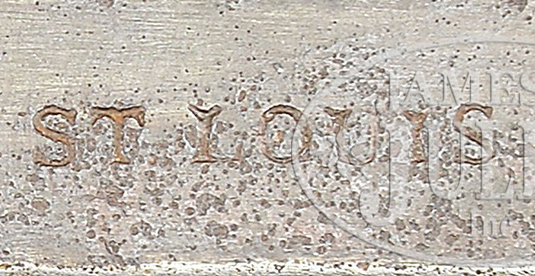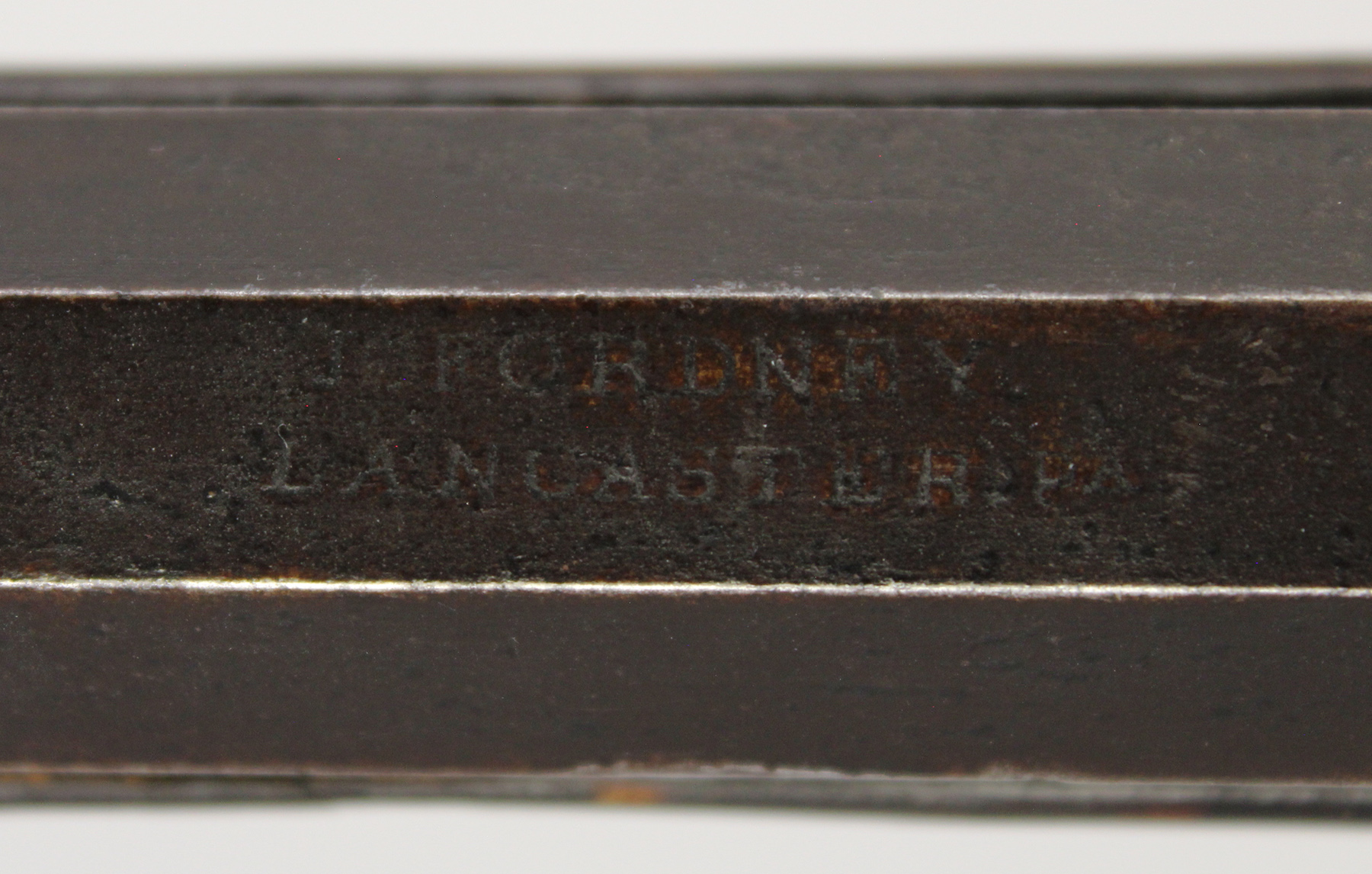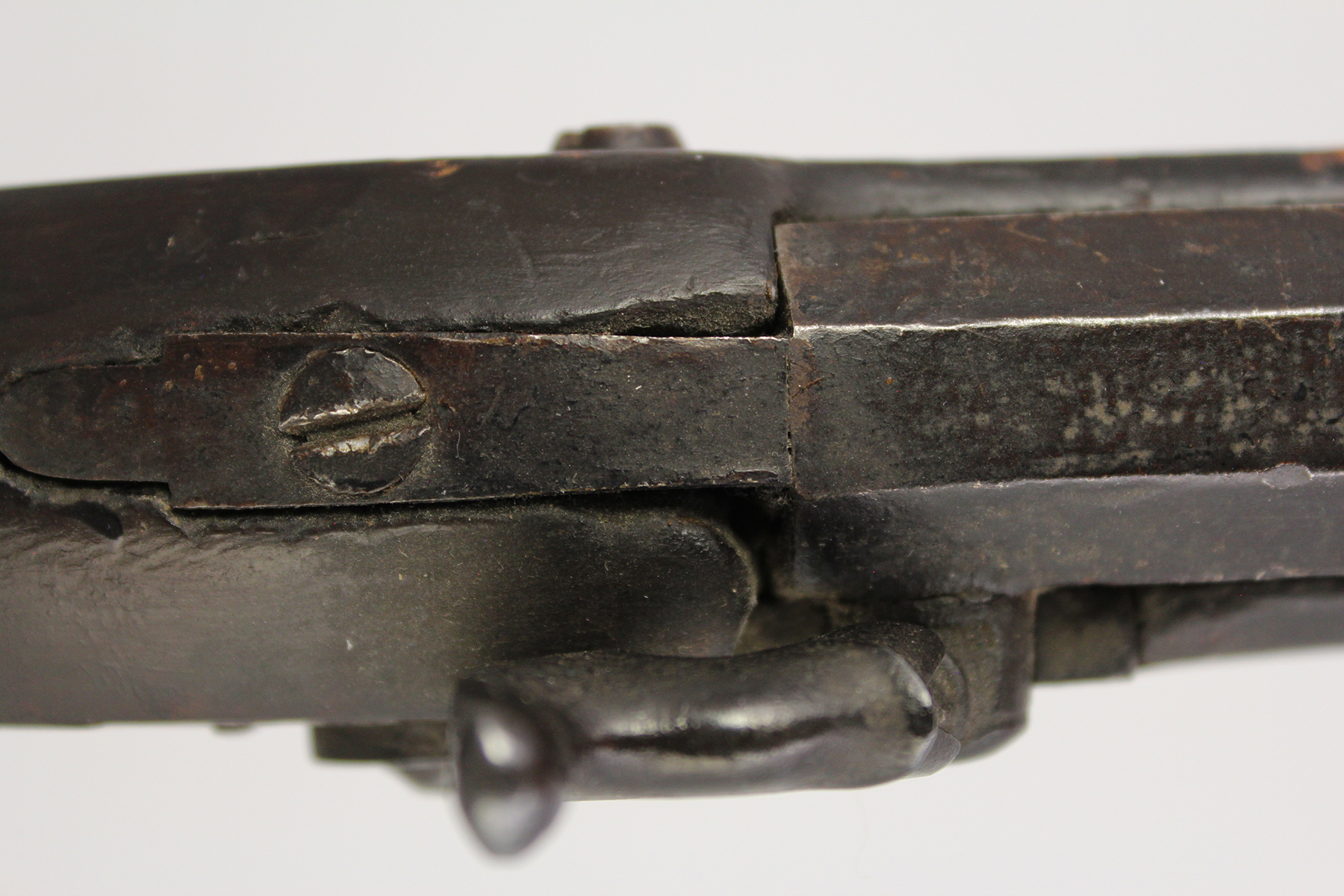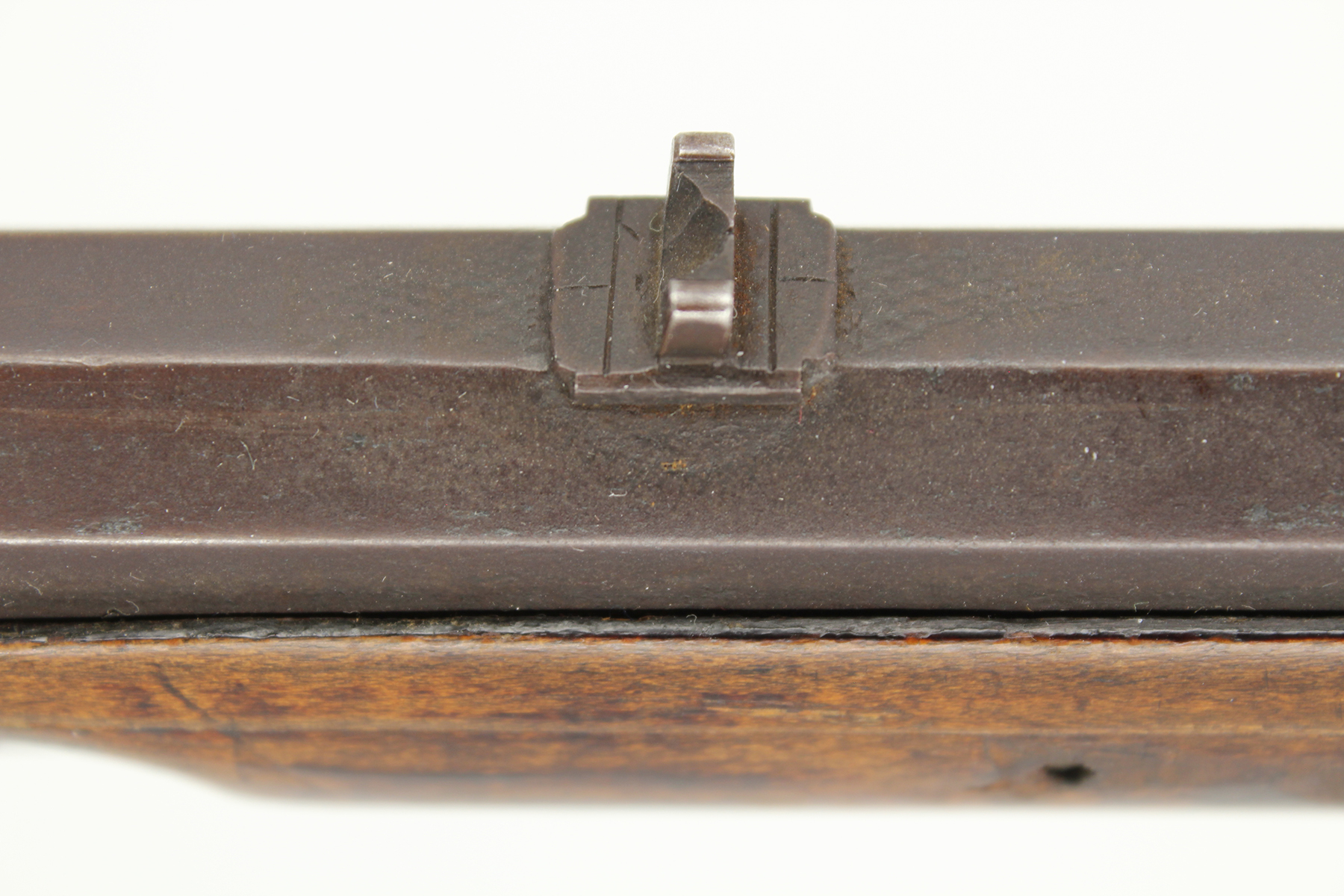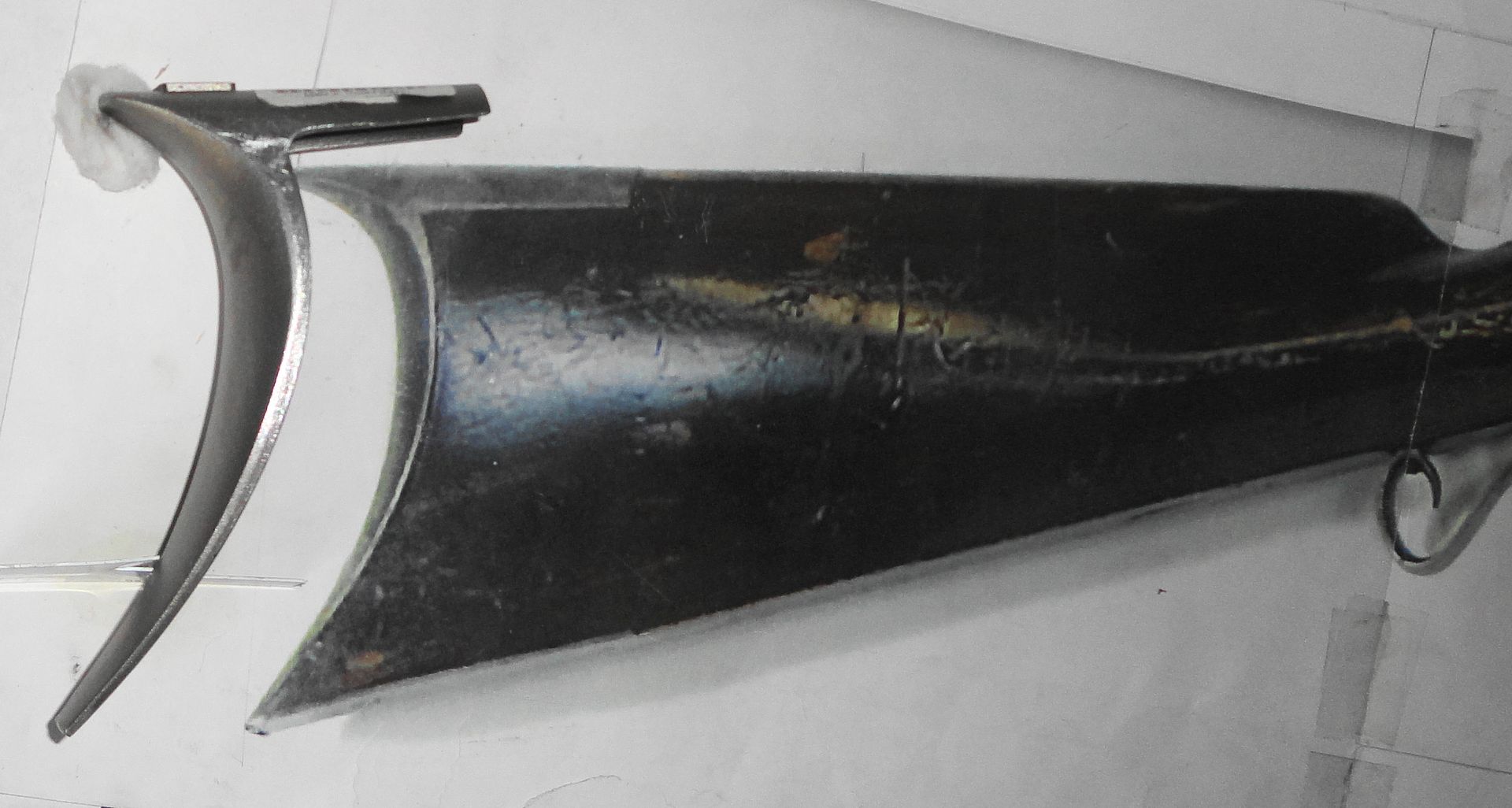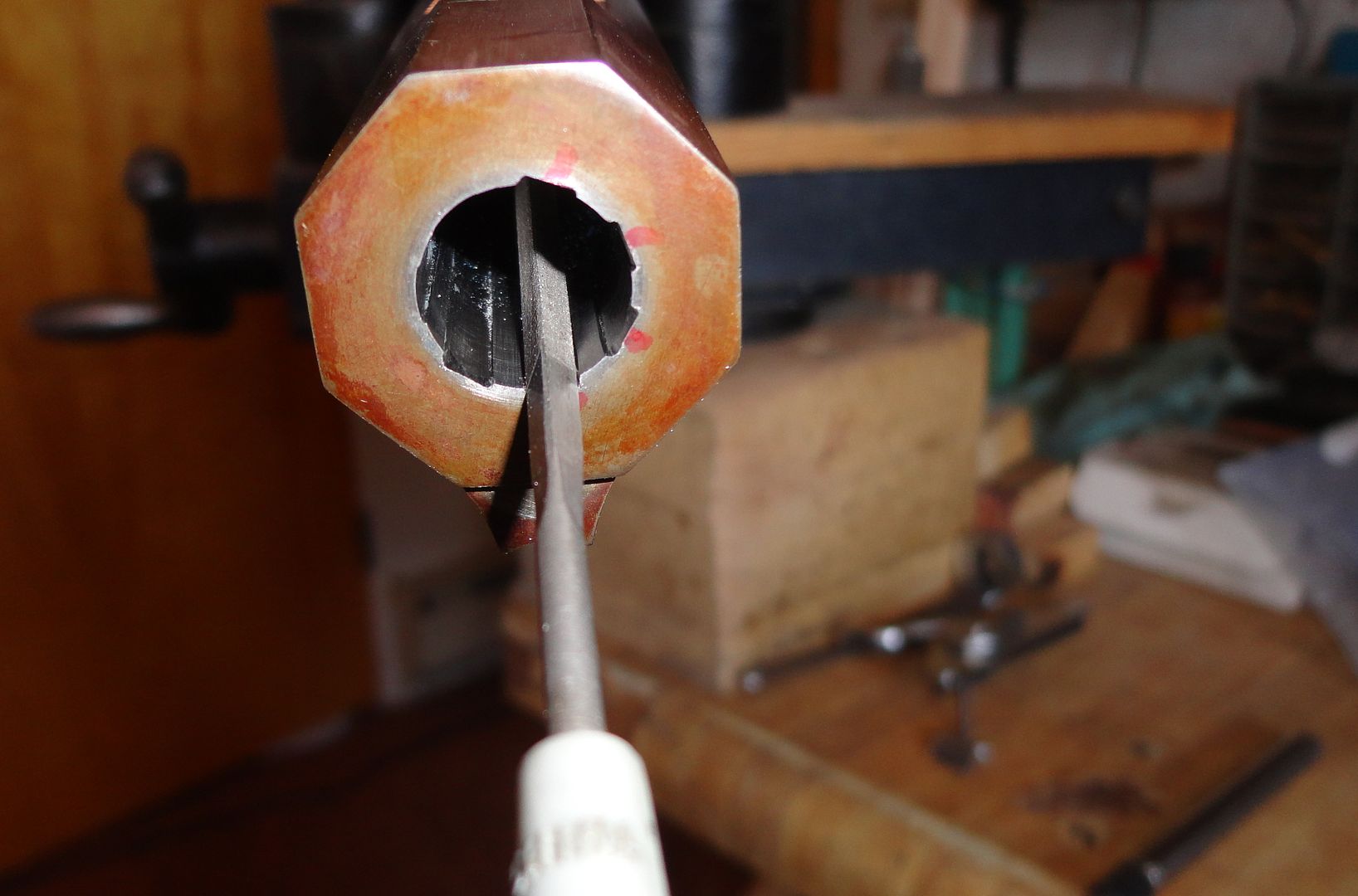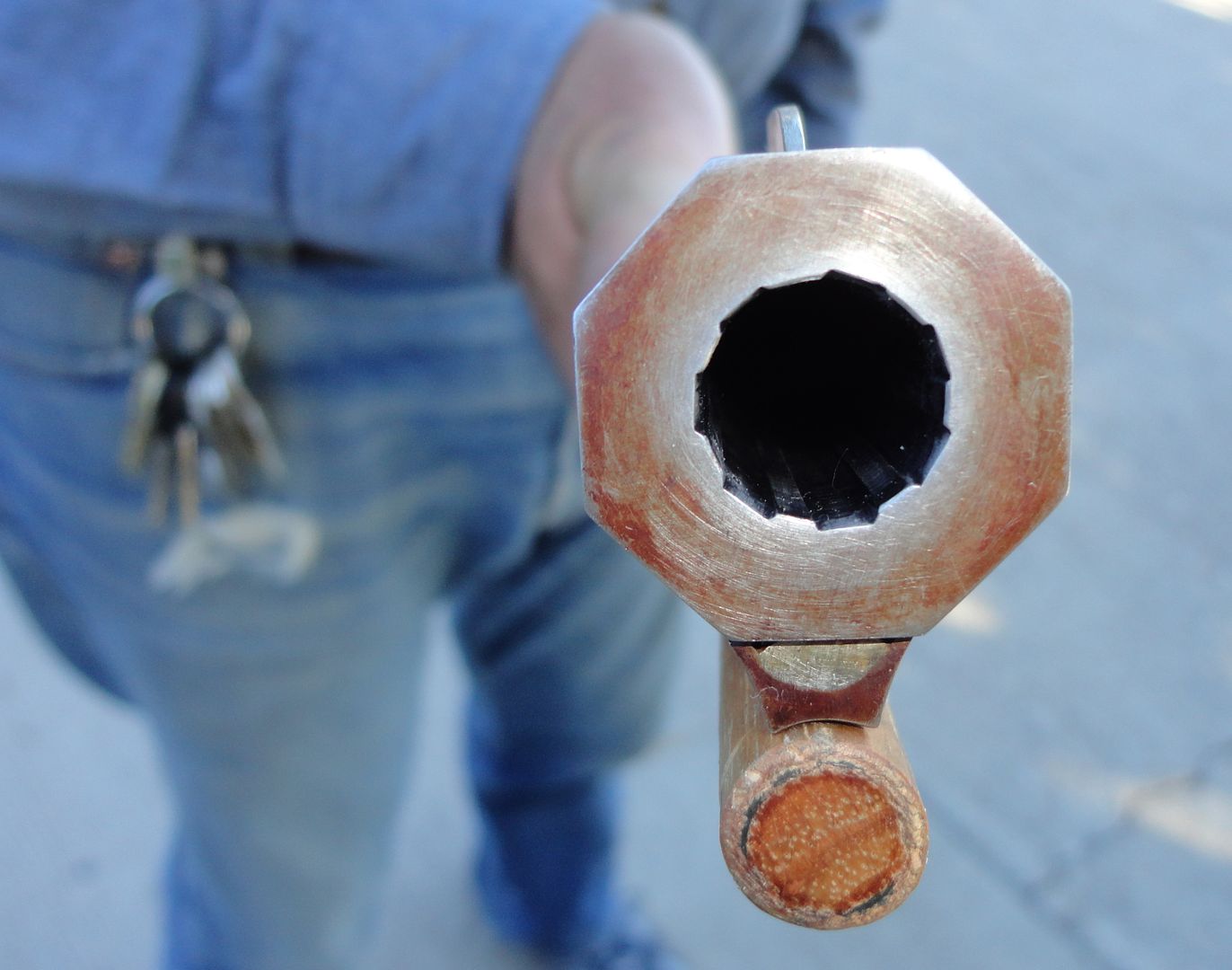54ball said:
Well all the iron looks like a bleach job. I have a rifle from 1840 and it does not look like that. Too much red. Too those barrel flat edges look a little too sharp.
54ball has brought up the last red flag on my list--the patina of the metal surfaces.
I agree that the iron surfaces do not look like what I've observed on antique guns of this period. And I agree that they may have been "aged" with a chemical process like bleach or acid or combination.
When I made my first trip to the CLA Show in Lexington, KY a few years ago, I was initially overwhelmed by all the stuff on display to look at. In addition to loads of contemporary longrifles of all types, there were accoutrements of all types, art work, and antique rifles.
At the time, it seemed a big percentage, maybe two-thirds or more, of the contemporary builders were displaying rifles that had been "aged" to some degree. I was fascinated by this and found most of it very pleasing to the eye. But I was a little confused as to why and how they were doing it. I spent a lot of time and foot steps looking at the aging a builder had done, then walking over to the area the antique rifles were displayed and comparing it to them. I would see something on the antique rifles and go back to the contemporaries and try to find one of them that had it.
Needless to say, I didn't find any contemporary builders that were duplicating with any significant degree of accuracy what I saw on the antique rifles. That really puzzled me as to what they were actually trying to do with their "aging". I finally realized it was just another part of their art form. They weren't trying to make their rifles look like an antique, though some had the skills to do that if they wanted. I don't believe they were even trying to make their "new" guns look like any "old" guns. The faux aging they were doing was pleasing to the eye, which is a definition of art, but not intended to duplicate real aging.
Anyway, in the process of trying to understand all that, I studied the patinas on a bunch of antique rifles. And ever since, when I see an antique rifle at a gun show or museum, the patina on the metal and wood is something I study closely.
Here are a couple of photos, of the patina on a .36 caliber J. Fordney rifle.
J. Fordney / Lancaster PA
J. Fordney Breech
This photo is of a H. Leman squirrel rifle.
In addition to the odd color of the patina that
54ball pointed out, the patina on the S. Hawken looks "crusty" to me. If you notice on the Fordney and Leman above, the patina on them is darker and smoother. Antique rifles don't have that crusty texture unless they've been buried or stored in damp environments.
One more suspicious aspect of this Hawken rifle.
Phil
